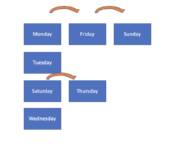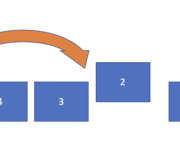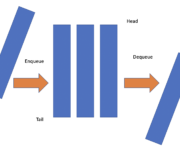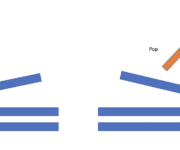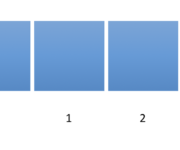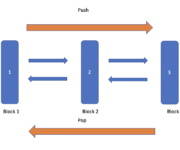Data Structures Archive
Hashing in Java
On July 13, 2021 In Data Structures, Software Design
In this post, we will discuss hashing in Java and introduce a few data structures such as hashtables and hashmaps that rely on hashing. What is Hashing? Hashing is a technique that allows a program to store and subsequently find an object in a large collection of items without going through every item. A
Priority Queue in Java: A Complete Introduction
On July 8, 2021 In Data Structures, Software Design
In this post, we introduce the priority queue in Java and explain the underlying concept of a heap. What is a Priority Queue in Java? In a priority queue, items are ordered alphabetically in ascending order, numerically in ascending order, or according to a user-defined attribute based on a custom comparator. In a priority
The Queue in Java
On June 22, 2021 In Data Structures, Software Design
In this post we learn how to implement a queue in Java using the linked list and priority queue data structures provided by Java. What is a Queue in Java? A queue is a data structure in Java and many other programming languages. Elements are added according to the FIFO (first-in, first-out) principle. An
The Stack in Java
On June 21, 2021 In Data Structures, Software Design
In this post we look at the stack in Java, a data structure that operates on the LIFO principle. We discuss (clicking the link will take you to the section): What is a Stack How to implement a Stack using collections and deque How to implement a Java stack from scratch What is a
An Introduction to Java Arrays
On June 16, 2021 In Data Structures, Software Design
In. this post we introduce and define the array data structure in java, how to use it and what common operations can be performed using arrays. What is an Array in Java? An array is a fixed-length Java container object that contains other objects of the same type. An array’s length and the type
Python Collections Module
On June 10, 2021 In Data Structures, Software Design
In this post, we will introduce the collection module in Python, which provides a range of container types for object storage. We introduce the concept of a container in Python and then we go through the available container types. What is a Container in Python? Containers in Python are meta-objects that can hold an
